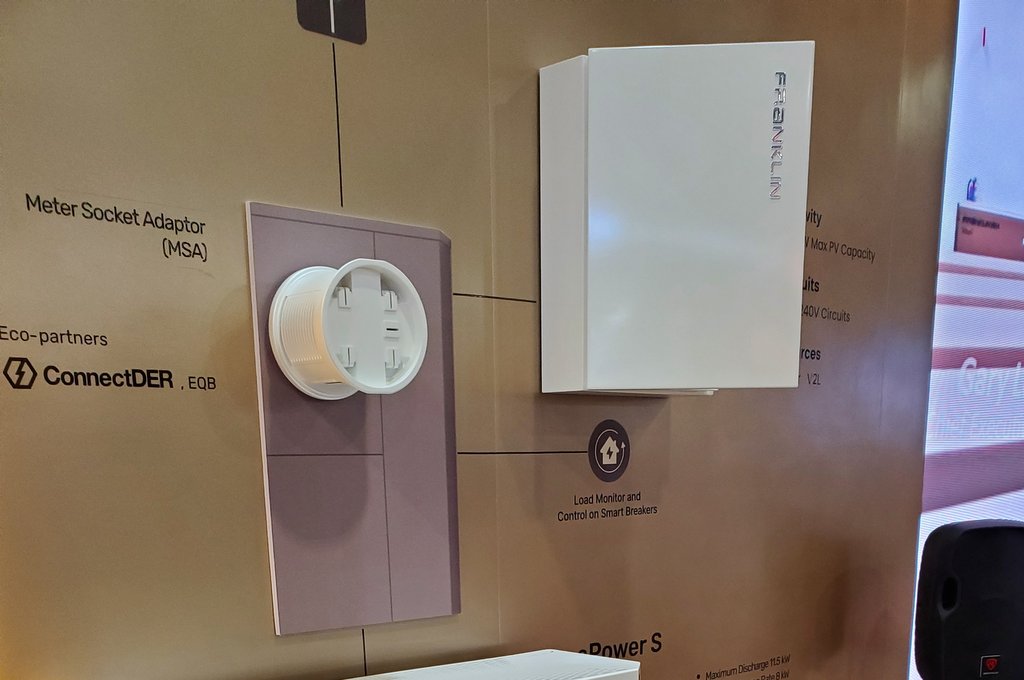Commercial solar project pricing varies widely due to these competing factors

Buyers and sellers of commercial solar projects are contending with the opposing dynamics of higher interest rates and increasing power prices, finds the Commercial Solar PV Project Acquisition Trends report released by Wood Mackenzie and Open Energy Group (OEG).

Sales and marketing month sponsor
Get Aurora AI & Get Back to Summer
Let Aurora AI do the heavy lifting for you so you can get out of the office and into the pool. See how Aurora can speed up your sales & design with one-click design magic. Learn more here
“Prices for completed commercial solar projects (at the Commercial Operation Date [COD]) have varied dramatically in recent years, with the median price at $2.21/watt from 2018 to 2021,” said Michelle Davis, principal analyst at Wood Mackenzie and author of the report. “But our analysis also demonstrates a wide range in commercial solar project pricing, from about $1/watt to $4/watt, reflecting the diversity and variability of the commercial solar segment.”
The report sources OEG’s novel, proprietary data on final pricing and timelines for US commercial solar transactions. “Over the last three years, we’ve also seen transaction timelines for commercial solar projects lengthen with commercial solar transactions now taking eight months on average” said Michael Blomquist, co-founder, and COO of OEG.
As the pandemic has subsided, recent transactions have seen shorter financing timelines even in markets where development has become more complicated, Blomquist added.
Comparing OEG’s transaction prices and Wood Mackenzie’s solar system cost data revealed implied developer fees in the range of $0.20-$0.60/watt, reflecting margins of 18-31%.
“Our research reflects healthy margins across the commercial solar industry, but again, there is immense variability from project to project depending on particular project characteristics” Davis said. For example, markets with higher incentives, such as Massachusetts, New Jersey, New York, or Washington D.C., are at the upper end of this range.
The report also shows that the demand from capital providers looking for ESG investments has never been higher. But the industry has several near-term challenges to contend with – rising interest rates and elevated equipment pricing are putting pressure on margins for both project buyers and sellers. At the same time, increasing power prices could create some headroom for projects.
“Either way, US commercial solar market activity isn’t slowing down. The insights in this report can serve as high-level benchmarks for the commercial solar industry, which is characterized by a lack of transparency and standardization,” Davis concluded.





Comments are closed here.